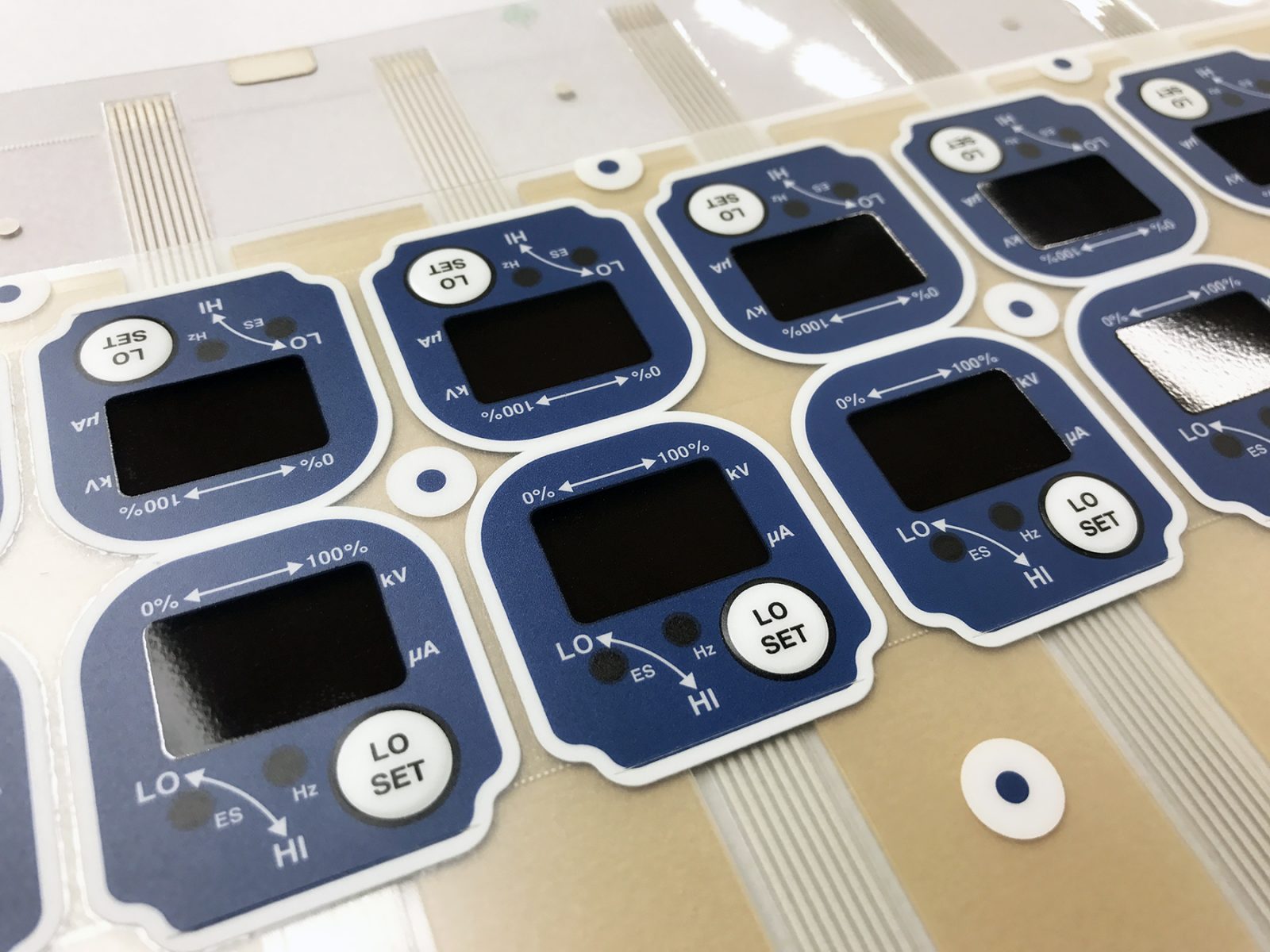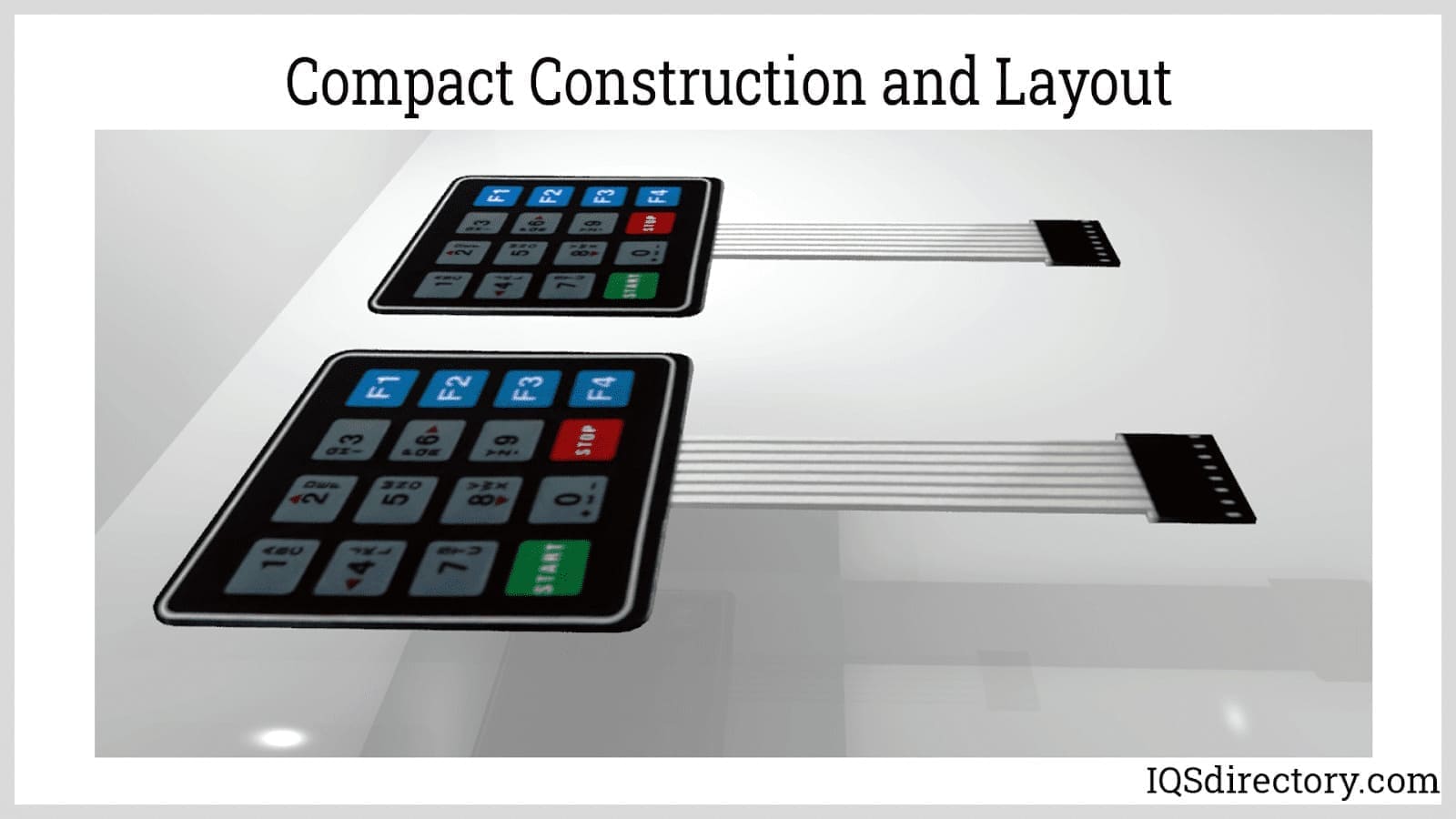Key Benefits of Using a Membrane Switch in Industrial Applications
Key Benefits of Using a Membrane Switch in Industrial Applications
Blog Article
Exactly How Membrane Switches Add To the Sturdiness of Electronic Control Panels
Membrane buttons play a vital role in enhancing the resilience of electronic control panels, primarily through their multi-layered building and construction which gives reliable security against ecological variables such as wetness and dust. The lack of moving parts significantly minimizes the possibility of mechanical failings, making membrane layer switches perfect for requiring applications.
Definition of Membrane Layer Buttons

Membrane buttons are developed to be thin and lightweight, making them ideal for applications where space is limited. They can be made in numerous shapes, dimensions, and colors, providing adaptability in layout that satisfies aesthetic and practical needs. In addition, membrane layer switches can integrate various innovations, such as tactile responses and LED indications, enhancing customer experience.
As a result of their building, membrane buttons are often immune to dirt, dampness, and basic wear, adding to their toughness in requiring atmospheres. Their smooth layout not only assists in very easy cleaning however additionally lessens the risk of mechanical failure, making them a preferred choice for manufacturers seeking reliable interface in their electronic control board.
Security Versus Environmental Elements
The style of membrane changes naturally gives a level of defense against various ecological aspects, which is crucial for preserving functionality in tough problems - Membrane Switch. These buttons are normally created with layers of versatile products that shield inner elements from dampness, dirt, and pollutants. By encapsulating the circuitry, membrane layer switches decrease the threat of short circuits and corrosion, which can considerably hinder efficiency
Moreover, making use of durable adhesives and sealers throughout manufacturing improves their resistance to ecological challenges. Membrane layer buttons can withstand exposure to chemicals and solvents, making them appropriate for industries such as food processing and medical care, where hygiene and tidiness are vital. Their smooth surface area layout additionally avoids the accumulation of dirt and germs, promoting much easier cleansing and upkeep.
Temperature level changes are one more ecological worry, and membrane layer buttons are engineered to function effectively throughout a vast variety of temperatures (Membrane Switch). This versatility guarantees that control panels remain operational in different settings, from industrial atmospheres to customer electronic devices
Effect on Customer Communication
User communication with digital control panels is dramatically influenced by the layout and performance of membrane layer buttons. These switches give a tactile interface that boosts the general individual experience, permitting for instinctive navigation and control. Their receptive nature guarantees that individuals obtain instant feedback upon activation, which is crucial for jobs needing accuracy and effectiveness.
Additionally, the smooth surface area of membrane layer switches over promotes easy cleaning and maintenance, advertising customer confidence in the integrity of the user interface. This sanitation is specifically essential in settings where health is extremely important, such as medical or food processing settings. Furthermore, the small and light-weight layout of membrane switches over adds to the visual charm of control panels, urging user engagement via a contemporary and smooth appearance.
Furthermore, the integration of visual elements, such as printed icons and backlighting, aids customers rapidly determine functions, minimizing the learning curve linked with brand-new equipment. As a result, individuals can operate tools better, bring about boosted efficiency and satisfaction. In recap, membrane buttons play a critical function in boosting user communication by combining performance, appearances, and simplicity of use, ultimately causing improved operational performance.
Design Adaptability and Personalization
Style versatility and personalization are important elements of membrane layer switches, enabling producers to tailor electronic control panels to specific applications and customer demands. This versatility enables the integration of different layout elements, such as colors, graphics, check these guys out and structures, which can boost the visual allure and user engagement of the control board.
Membrane buttons can be tailored in shapes and size, suiting a vast array of devices and applications, from commercial machinery to customer electronics. This flexibility makes certain that manufacturers page can develop intuitive interfaces that line up with user expectations and functional needs. In addition, the ability to incorporate unique features such as backlighting or tactile responses better enhances use, enabling a much more interactive experience.
Furthermore, the production procedure for membrane layer switches over supports the fast prototyping of layouts, allowing producers to repeat and refine their principles swiftly. This ability not just increases the advancement timeline however also makes sure that the final product satisfies details functional and aesthetic standards.

Cost-Effectiveness and Long Life
Cost-effectiveness and long life are significant benefits of membrane switches, making them an eye-catching alternative for makers and end-users alike. These buttons are typically cheaper to produce than conventional mechanical switches, largely as a result of their streamlined manufacturing processes and the lowered variety of components needed. This price benefit extends not just to initial production but additionally to long-term operational costs, as membrane layer buttons commonly call for less maintenance and have a lower failing rate.
Moreover, the long life of membrane switches adds to their total value. Created from resilient materials, they are resistant to ecological aspects such as dampness, dirt, and chemicals, which can lead to early wear in various other button kinds. The absence of moving components minimizes mechanical failure, permitting membrane switches to maintain functionality over expanded durations.
This durability is especially advantageous in applications requiring constant efficiency under demanding conditions, such as medical devices and industrial equipment. Inevitably, the combination of cost-effectiveness and long life makes membrane changes a financially feasible option for producers, providing trusted options that stand up to the test of time while enhancing budgetary considerations.
Verdict
To conclude, membrane switches considerably improve the durability of electronic control panels with their robust construction and protective functions. By efficiently shielding wiring from ecological threats and decreasing the risk of mechanical failing, these switches make certain constant efficiency sought after applications. The seamless style promotes go now hygiene and convenience of maintenance, while personalization options make it possible for tailored services for different requirements. On the whole, membrane layer switches stand for a dependable and cost-effective option for improving the long life and capability of electronic control systems.
Report this page